
Direct injection is more fuel-efficient than multi-point electric injection. The high-pressure fuel of the direct injection engine is sprayed into the combustion chamber and enters in a small mist. When it evaporates, it absorbs heat and can cool the cylinder. It can burn thinly, which can improve the combustion efficiency by 20%. The intake is more than that of the traditional engine, and the combustion is sufficient, reducing the generation of C0.
The electric injection engine will be more fuel-efficient when it is driven normally: the idle taxiing of the electric injection engine is not only not fuel-efficient, but also more fuel-consuming to a certain extent. According to the principle of the engine, the electric injection engine can judge the amount of fuel injection according to the computer program.
Compared with non-turbocharged electric injection engines, the turbocharged direct injection engine is more fuel-efficient under the same output power after the turbine speed reaches a certain speed.
Compared with direct injection, in-cylinder direct injection is more fuel-efficient after all. The advantage of multi-point electric injection is that the engine has better emission. The multi-point injection engine has an injection sequence, and the air-fuel ratio is more accurately controlled. The fuel is injected according to the timing, and the injection time and the injection amount are accurately controlled.
Direct injection in the cylinder. The multi-point electric injection engine has an injection sequence, which can accurately control the fuel injection amount and fuel injection time, so as to control the air-fuel ratio, but the fuel consumption is high, and the concentration of the direct injection mixture in the cylinder is low and the fuel efficiency is high, so the direct injection in the cylinder is more fuel-efficient.

The engine cylinder arrangement is divided into L-type, V-type, H-type and W-type. x0dx0ax0dx0aL engine: x0dx0a is also known as "LineEngine" engine, means that the cylinders are arranged in a straight line, and all its cylinders are arranged side by side at the same angle into a plane.
The V-type engine has a tilted misalignment layout of adjacent cylinders, so the V-type engine with the same number of cylinders is shorter in length and has a lower center of gravity than the in-line engine, and when the V-type engine cylinder moves back and forth, the vibration will be partially offset by itself, so the smoothness of VVV12 is relatively good.
Compared with the V-type engine, the W-type can make the engine shorter, and the crankshaft can also be shorter, which can save the space occupied by the engine, and the weight can also be lighter, but its width is larger, making the engine chamber fuller.
The current engines mainly include L (in-line) engine, V-type engine, W-type engine, and horizontally opposed engine.Another special one is the rotor engine, which is Mazda's patent.
Figure 1 Automobile Engine 1 Basic Structure of Engine (1) Crank Connecting Rod Mechanism Crank Connecting Rod Mechanism is composed of fuselage group, piston connecting rod group and crankshaft flywheel group three Partial composition, its function is to transform the heat energy generated by fuel combustion into the rotational motion of the crankshaft through the linear reciprocating motion of the piston to the outside through the flywheel.
The adjacent cylinders of the horizontally opposed engine are arranged against each other (the bottom of the piston is outward), and the angle between the two cylinders is 180°, but it is still essentially different from the 180°V engine.
Car engine: The engine is the power unit of the car.It consists of 2 major mechanisms and 5 major systems: crank connecting rod mechanism; gas distribution mechanism; fuel supply system; cooling system; lubrication system; ignition system; start system. Cooling system: generally composed of water tank, water pump, radiator, fan, thermoster, water temperature gauge and water release switch.
Introductory knowledge of automobile engines Automobiles have entered our ordinary families and have become one of the most common means of transportation in our daily life.
Car Maintenance Knowledge Engine Chapter Use appropriate quality grade of lubricating oil. For gasoline engines, SD-SF-grade gasoline oil should be selected according to the additional devices and working conditions of the intake and exhaust system; for diesel engines, CB-CD-grade diesel oil should be selected according to the mechanical load. The requirements not lower than those stipulated by the manufacturer shall prevail.
Body group, composition: Cylinder head, cylinder block and crankcase Function: As the assembly base of various engine mechanisms and systems, it is the skeleton that supports and fixes the crank connecting rod mechanism and other devices, and the relevant parts of the tractor chassis constitute the frame of the tractor.
Ceramic tiles HS code classification-APP, download it now, new users will receive a novice gift pack.
Direct injection is more fuel-efficient than multi-point electric injection. The high-pressure fuel of the direct injection engine is sprayed into the combustion chamber and enters in a small mist. When it evaporates, it absorbs heat and can cool the cylinder. It can burn thinly, which can improve the combustion efficiency by 20%. The intake is more than that of the traditional engine, and the combustion is sufficient, reducing the generation of C0.
The electric injection engine will be more fuel-efficient when it is driven normally: the idle taxiing of the electric injection engine is not only not fuel-efficient, but also more fuel-consuming to a certain extent. According to the principle of the engine, the electric injection engine can judge the amount of fuel injection according to the computer program.
Compared with non-turbocharged electric injection engines, the turbocharged direct injection engine is more fuel-efficient under the same output power after the turbine speed reaches a certain speed.
Compared with direct injection, in-cylinder direct injection is more fuel-efficient after all. The advantage of multi-point electric injection is that the engine has better emission. The multi-point injection engine has an injection sequence, and the air-fuel ratio is more accurately controlled. The fuel is injected according to the timing, and the injection time and the injection amount are accurately controlled.
Direct injection in the cylinder. The multi-point electric injection engine has an injection sequence, which can accurately control the fuel injection amount and fuel injection time, so as to control the air-fuel ratio, but the fuel consumption is high, and the concentration of the direct injection mixture in the cylinder is low and the fuel efficiency is high, so the direct injection in the cylinder is more fuel-efficient.

The engine cylinder arrangement is divided into L-type, V-type, H-type and W-type. x0dx0ax0dx0aL engine: x0dx0a is also known as "LineEngine" engine, means that the cylinders are arranged in a straight line, and all its cylinders are arranged side by side at the same angle into a plane.
The V-type engine has a tilted misalignment layout of adjacent cylinders, so the V-type engine with the same number of cylinders is shorter in length and has a lower center of gravity than the in-line engine, and when the V-type engine cylinder moves back and forth, the vibration will be partially offset by itself, so the smoothness of VVV12 is relatively good.
Compared with the V-type engine, the W-type can make the engine shorter, and the crankshaft can also be shorter, which can save the space occupied by the engine, and the weight can also be lighter, but its width is larger, making the engine chamber fuller.
The current engines mainly include L (in-line) engine, V-type engine, W-type engine, and horizontally opposed engine.Another special one is the rotor engine, which is Mazda's patent.
Figure 1 Automobile Engine 1 Basic Structure of Engine (1) Crank Connecting Rod Mechanism Crank Connecting Rod Mechanism is composed of fuselage group, piston connecting rod group and crankshaft flywheel group three Partial composition, its function is to transform the heat energy generated by fuel combustion into the rotational motion of the crankshaft through the linear reciprocating motion of the piston to the outside through the flywheel.
The adjacent cylinders of the horizontally opposed engine are arranged against each other (the bottom of the piston is outward), and the angle between the two cylinders is 180°, but it is still essentially different from the 180°V engine.
Car engine: The engine is the power unit of the car.It consists of 2 major mechanisms and 5 major systems: crank connecting rod mechanism; gas distribution mechanism; fuel supply system; cooling system; lubrication system; ignition system; start system. Cooling system: generally composed of water tank, water pump, radiator, fan, thermoster, water temperature gauge and water release switch.
Introductory knowledge of automobile engines Automobiles have entered our ordinary families and have become one of the most common means of transportation in our daily life.
Car Maintenance Knowledge Engine Chapter Use appropriate quality grade of lubricating oil. For gasoline engines, SD-SF-grade gasoline oil should be selected according to the additional devices and working conditions of the intake and exhaust system; for diesel engines, CB-CD-grade diesel oil should be selected according to the mechanical load. The requirements not lower than those stipulated by the manufacturer shall prevail.
Body group, composition: Cylinder head, cylinder block and crankcase Function: As the assembly base of various engine mechanisms and systems, it is the skeleton that supports and fixes the crank connecting rod mechanism and other devices, and the relevant parts of the tractor chassis constitute the frame of the tractor.
Regional trade agreements HS code mapping
author: 2024-12-23 21:08Pulp and paper HS code compliance
author: 2024-12-23 21:04How to map complex products to HS codes
author: 2024-12-23 21:03Ceramic tiles HS code classification
author: 2024-12-23 20:54Dynamic import export performance metrics
author: 2024-12-23 20:38How to improve trade compliance
author: 2024-12-23 20:30Data-driven supplier diversity programs
author: 2024-12-23 20:01HVAC equipment HS code mapping
author: 2024-12-23 19:43Plastics (HS code ) import analysis
author: 2024-12-23 19:43 How to identify emerging supply hubsHolistic trade environment mapping
How to identify emerging supply hubsHolistic trade environment mapping
596.35MB
Check Timber and wood products HS code trends
Timber and wood products HS code trends
828.53MB
Check WTO harmonization and HS codes
WTO harmonization and HS codes
931.76MB
Check Global trade news aggregation
Global trade news aggregation
545.59MB
Check How to track seasonal trade patterns
How to track seasonal trade patterns
882.58MB
Check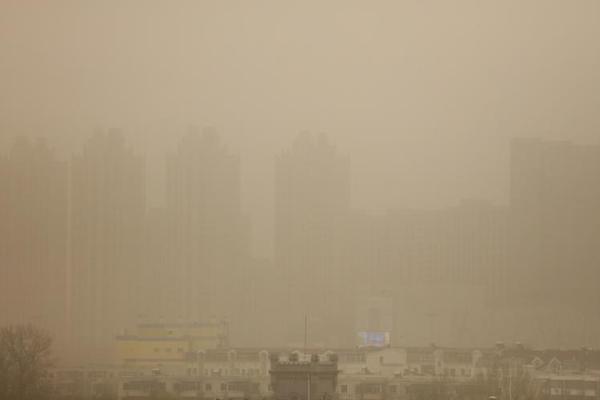 HS code-driven export incentives
HS code-driven export incentives
531.98MB
Check How to identify export-ready products
How to identify export-ready products
689.28MB
Check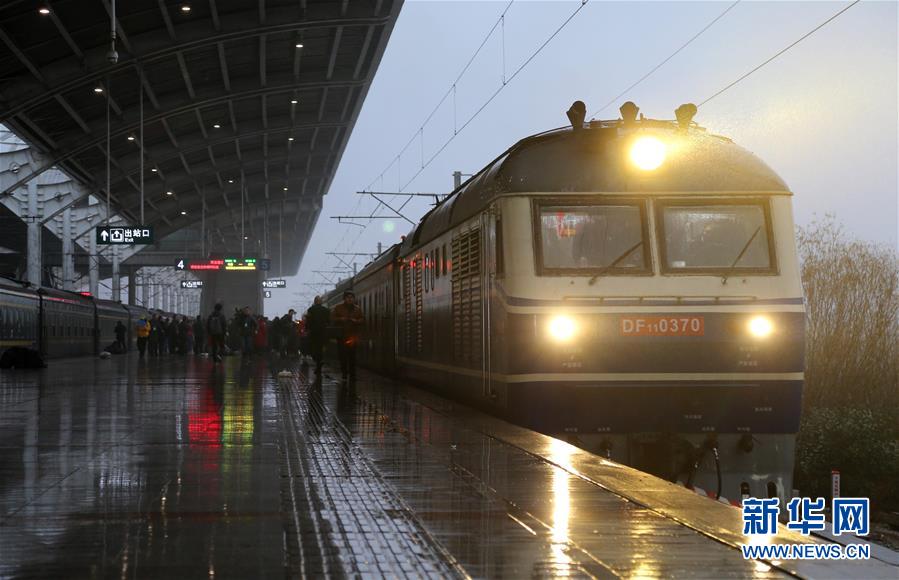 Polymer resins HS code verification
Polymer resins HS code verification
552.17MB
Check HS code-led regulatory frameworks
HS code-led regulatory frameworks
665.22MB
Check How to identify monopolistic suppliers
How to identify monopolistic suppliers
313.13MB
Check How to secure competitive freight rates
How to secure competitive freight rates
129.55MB
Check Pharma R&D materials HS code verification
Pharma R&D materials HS code verification
835.65MB
Check Pharmaceutical trade analytics platform
Pharmaceutical trade analytics platform
268.89MB
Check Real-time commodity flow tracking
Real-time commodity flow tracking
538.19MB
Check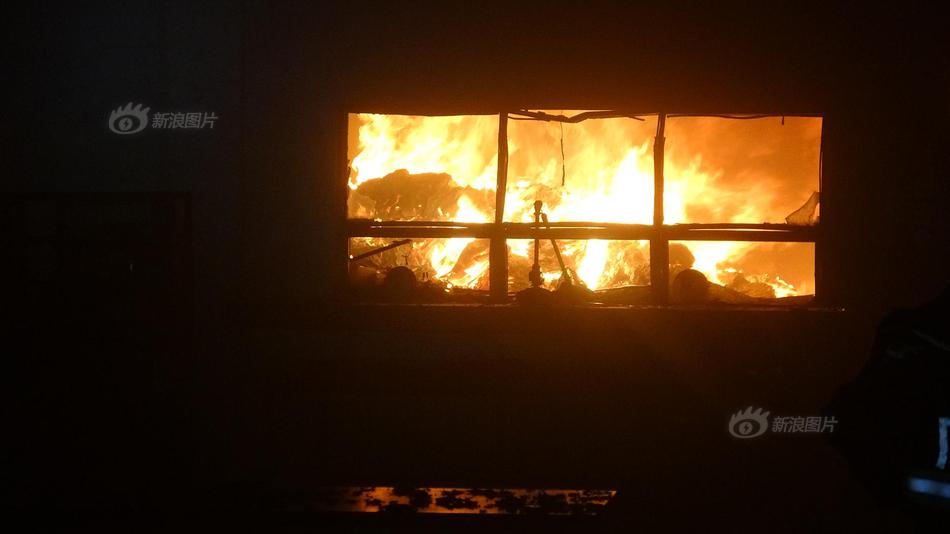 How to secure competitive freight rates
How to secure competitive freight rates
283.96MB
Check HS code alignment with import licensing
HS code alignment with import licensing
579.15MB
Check HS code-based market readiness assessments
HS code-based market readiness assessments
992.32MB
Check Trade data for enterprise resource planning
Trade data for enterprise resource planning
445.43MB
Check Real-time cargo route adjustments
Real-time cargo route adjustments
792.23MB
Check HS code-led regulatory frameworks
HS code-led regulatory frameworks
749.79MB
Check CIS countries HS code usage patterns
CIS countries HS code usage patterns
112.57MB
Check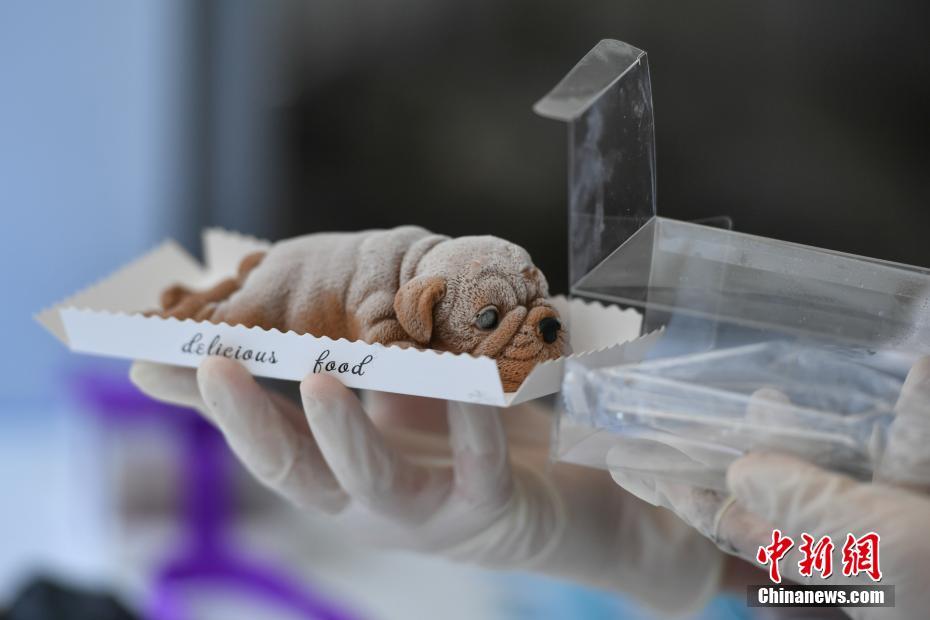 Advanced trade data analytics techniques
Advanced trade data analytics techniques
466.36MB
Check Trade data for healthcare supplies
Trade data for healthcare supplies
798.38MB
Check Trade flow analysis by HS code category
Trade flow analysis by HS code category
564.75MB
Check Real-time customs inspection logs
Real-time customs inspection logs
114.52MB
Check Supplier compliance audit automation
Supplier compliance audit automation
734.63MB
Check Furniture trade (HS code ) insights
Furniture trade (HS code ) insights
349.77MB
Check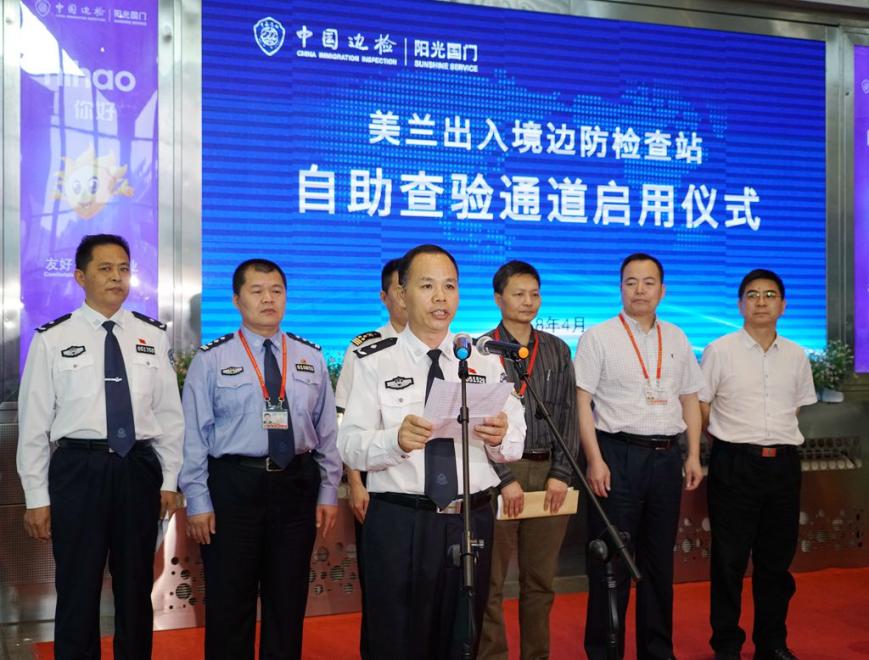 How to understand re-export regulations
How to understand re-export regulations
456.12MB
Check HS code-based segment analysis for FMCG
HS code-based segment analysis for FMCG
443.54MB
Check HS code-driven supply chain benchmarking
HS code-driven supply chain benchmarking
695.57MB
Check Comparative freight cost modeling
Comparative freight cost modeling
598.66MB
Check How to identify top importing countries
How to identify top importing countries
314.28MB
Check Industrial equipment HS code alignment
Industrial equipment HS code alignment
926.51MB
Check How to use trade data for market expansion
How to use trade data for market expansion
871.19MB
Check In-depth competitor trade route analysis
In-depth competitor trade route analysis
529.33MB
Check Energy sector HS code compliance
Energy sector HS code compliance
945.18MB
Check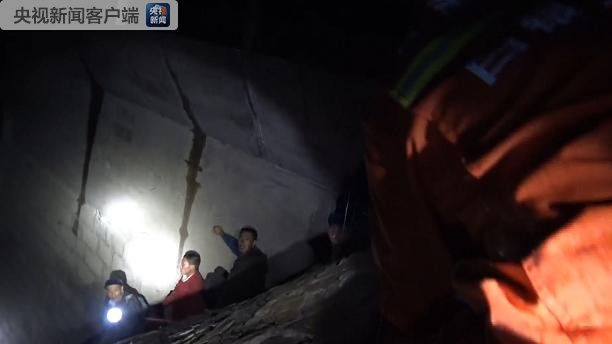
Scan to install
Ceramic tiles HS code classification to discover more
Netizen comments More
267 Top trade data APIs for developers
2024-12-23 22:15 recommend
1137 Pharmaceuticals (HS code ) export data
2024-12-23 21:59 recommend
1851 Trade data-driven logistics planning
2024-12-23 21:16 recommend
2591 How to track competitor import export data
2024-12-23 21:10 recommend
1674 Raw silk HS code identification
2024-12-23 21:06 recommend